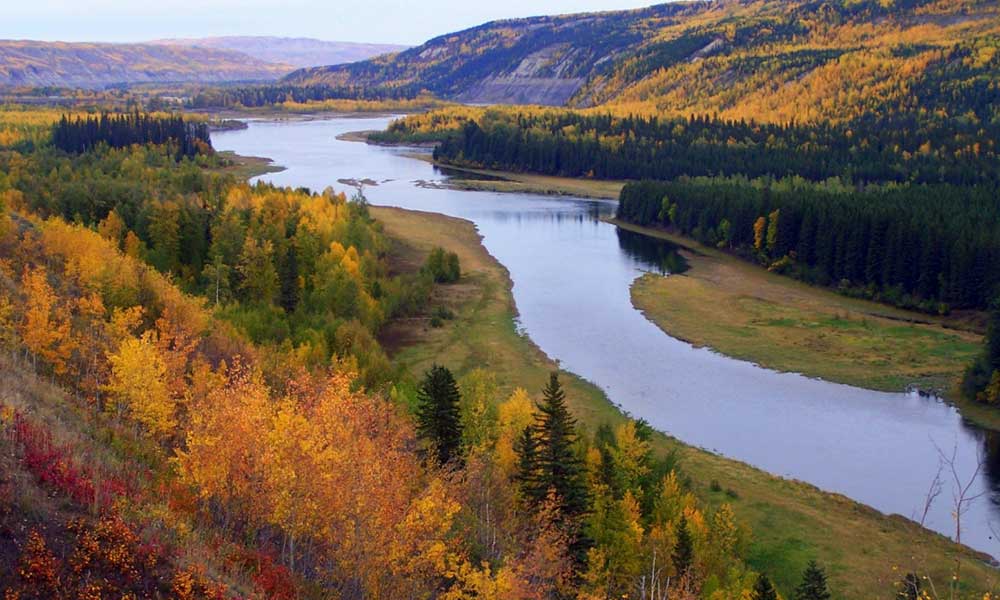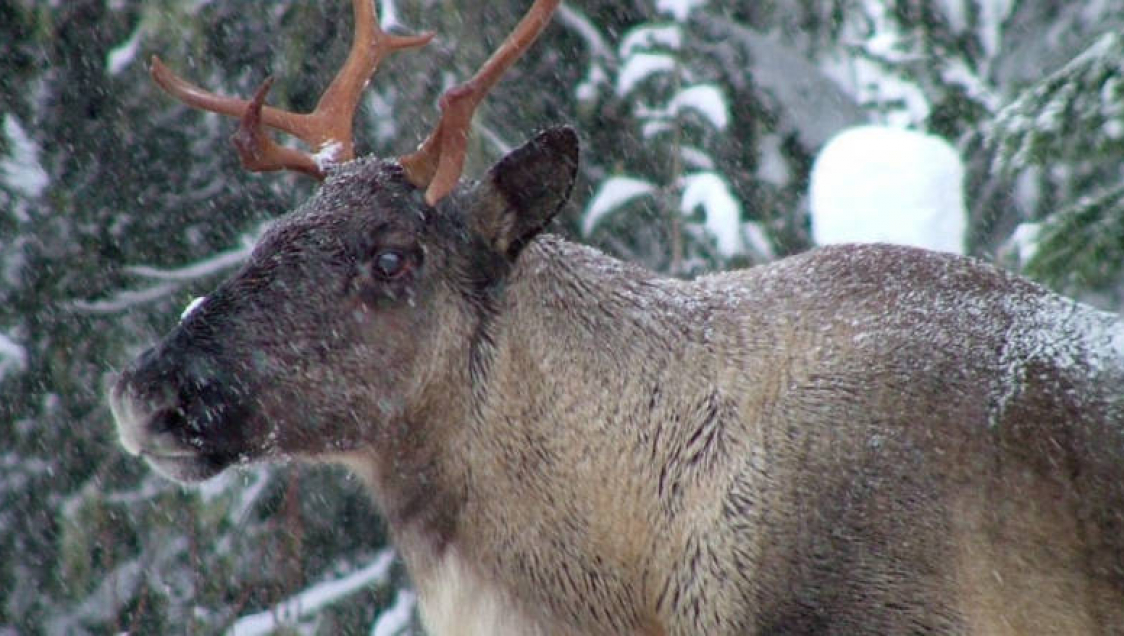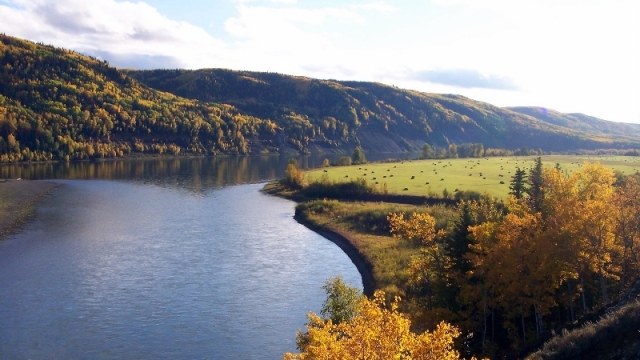


Upstream, Downstream
A Collaborative Approach to Cumulative Effects
Nature doesn’t operate in silos like humans do. Our industrial activities have a combined effect on habitats, sometimes creating disastrous results for communities and wildlife alike. Yellowstone to Yukon (Y2Y) has a plan to fix this with a project led by First Nations. Workshops held in several indigenous communities gave voice to over 200 individuals. The resulting framework provides government, industry, and stakeholders with important context for how proposed industrial activities will be assessed in the context of impacts to treaty rights.
The Peace region in northeast B.C. is a hotbed of industrial activity, with a burgeoning fracking industry, multiple pipeline projects, coal mines, extensive forestry, and road-building. It’s also home to more than 60,000 people including First Nations communities, plus a diverse array of iconic wildlife and natural habitat.
Taken individually, each of the industrial initiatives could have huge effects on the community and ecosystem but taken together, they present an extraordinary threat to the region. The pace of development is faster than in Alberta’s tar sands and only 4.2 percent of the land is protected.
Y2Y proposed to pilot test an innovative type of community planning for the Peace region’s Murray River watershed, led by First Nations. The aim is to provide a voice for community members on how the cumulative effects of industry impact their use of the land and rights under Treaty 8, and determine an overall plan to protect the environmental, cultural, and economic health of the region.
Rising Above Traditional Decision Models
Y2Y’s view is that if we want to take an honest look at the impact of industry, we need to rise above traditional decision models and help communities to make decisions looking at the whole region, rather than in isolation.
To do this, Y2Y is facilitating a Cumulative Effects Assessment (CEA) to examine the projected consequences of industry on the overall community, First Nations’ ways of life, and the local ecosystem.
Treaty 8 First Nations Lead the Way
The project is led by three Treaty 8 First Nations: Saulteau First Nations, West Moberly First Nations, and MacLeod Lake Indian Band. The Nations conducted more than 10 working group meetings and five community workshops.
The primary outcome is an emerging framework for the Murray River watershed that provides guidance for land-use, reflecting the combined wisdom of the participants. This framework is rooted in First Nations’ Treaty rights and values, supporting responsible industry in balance with people and nature.
The University of Northern British Columbia will provide a forum for publication and dissemination of the research produced.
The project will provide a forward-thinking model and best practices for similar projects worldwide.

